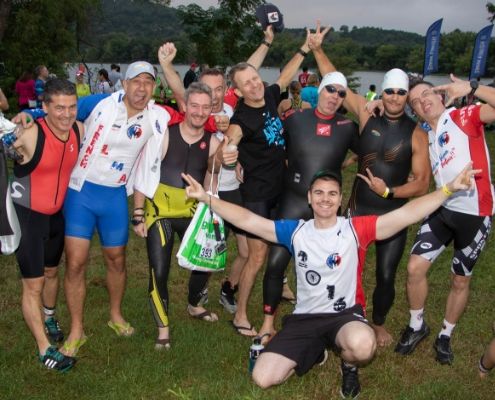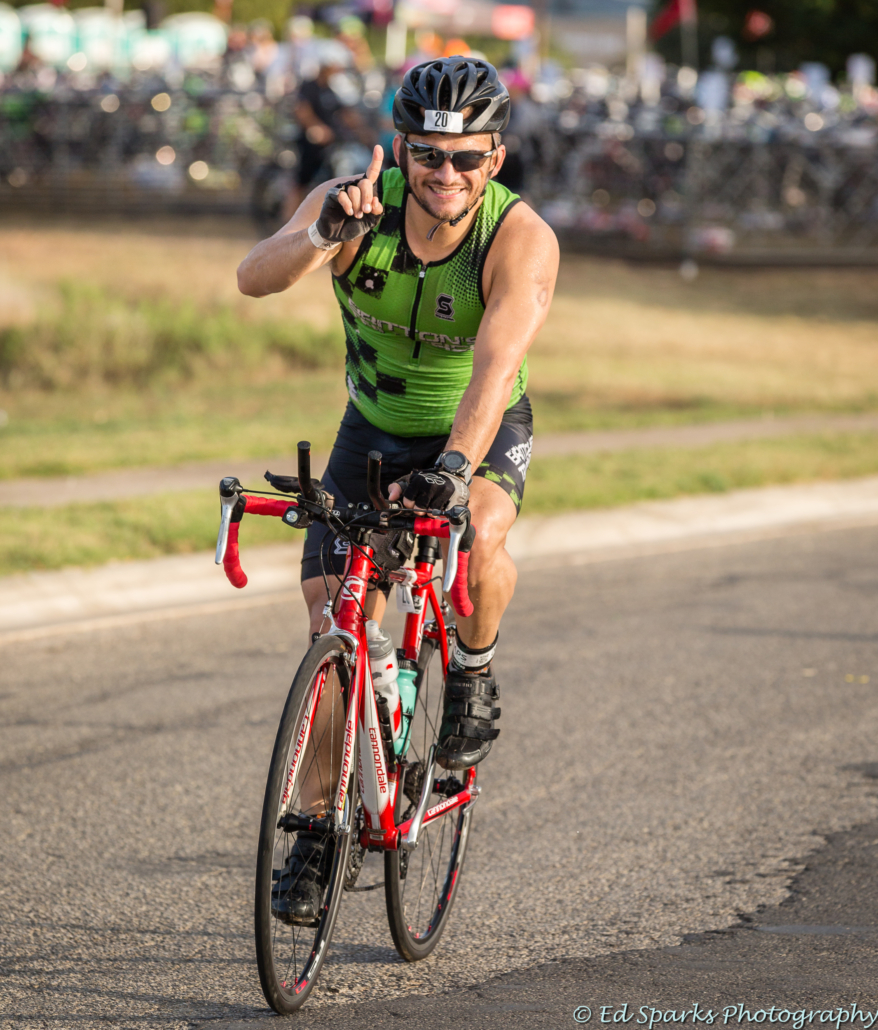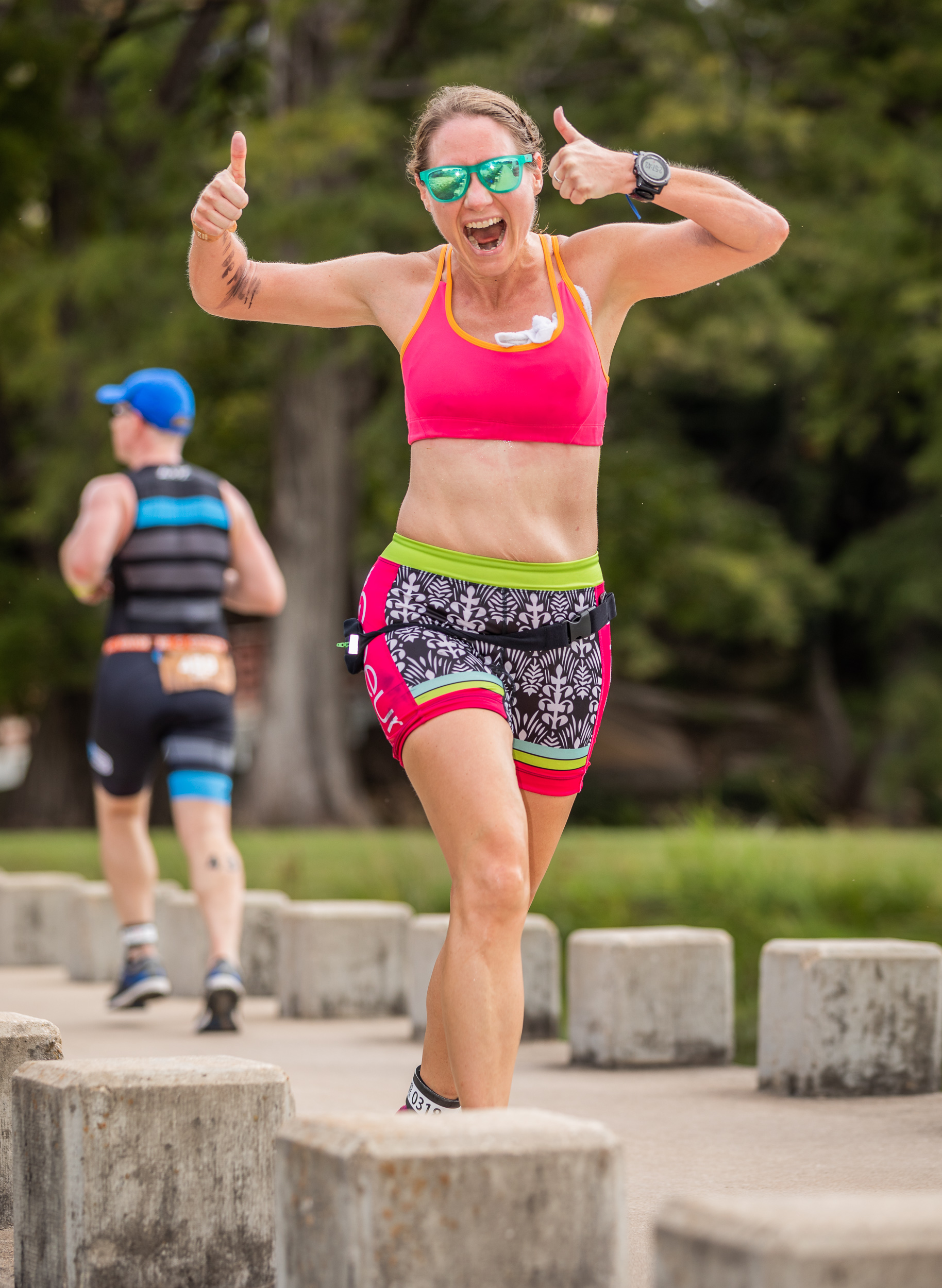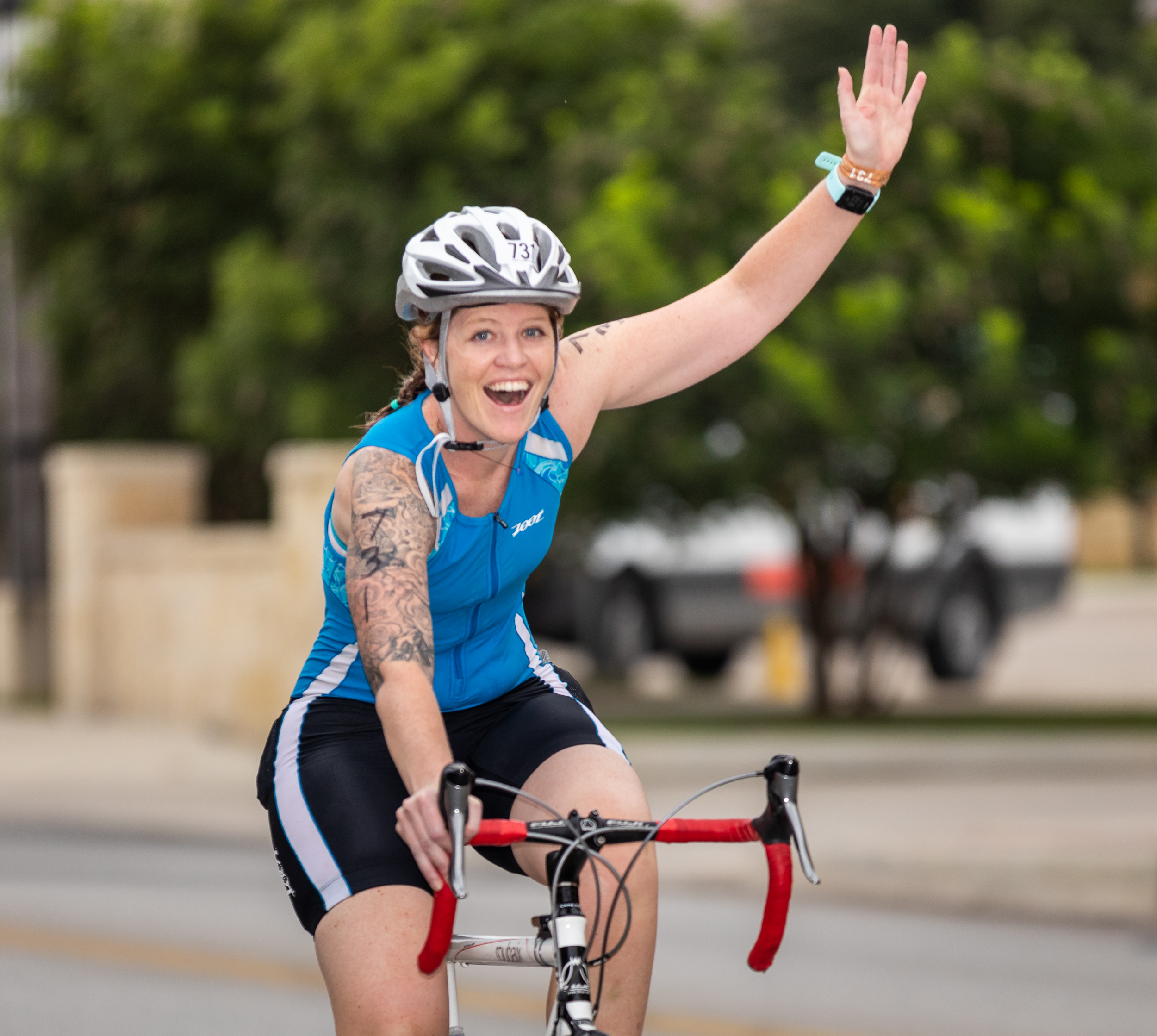Read these 5 reasons why you’ll love The Most Scenic Triathlon in Texas
Kerrville Triathlon Festival is entering its 9th year in the scenic Texas Hill Country town of Kerrville. From its beautiful course to the different distances offered, Kerrville Tri offers something for triathletes of all ability levels. This beloved triathlon is quickly turning into an annual destination weekend for triathletes and their families. There’s a 2-day expo, spectator-friendly course, and a free Kids Fun Run on Saturday. If you don’t already love #SmokinGoodTri you will after reading the 5 reasons below!
Destination weekend
Plan with your triathlon friends, bring the entire family, or both! Kerrville Tri is the perfect destination weekend. There are events for everyone, a 2-day expo showcasing the latest gear, and plenty to do in Kerrville. Eat delicious food at Grape Juice or explore nature at Kerrville-Schreiner Park. See what else there is to do when you begin planning your destination weekend!
Different distances
Kerrville Triathlon offers distances for triathletes of all ability levels. The Debra Zapata Sprint takes place on Saturday, is perfect for new triathletes, and features aquabike and relay options. The quarter and half events will take place on Sunday. The quarter offers an aquabike option, while the half has aquabike and relay options.
The Most Scenic Triathlon in Texas
If you haven’t experienced the Texas Hill Country yet, then punch your ticket at the Kerrville Tri! The Most Scenic Triathlon in Texas features a swim in Nimitz Lake, a bike ride through the Hill Country, and a run along the Guadalupe River. Participants and spectators alike love the views offered on this course. Soak it in and enjoy every second!
Float the Guadalupe
After you cross the finish line, relax with a cold beer (for 21+) and enjoy post-race fajitas grilled by Jack and Adam’s Fredericksburg. But the party doesn’t stop there! Bring your own tube or grab one of ours and recover in the Guadalupe River! The cool waters will help your muscles after you cross the finish line.
#SmokinGoodTri swag
The #SmokinGoodTri swag is second-to-none! The belt buckle finisher medals are both fashionable and functional. Wear it around your neck or add it to your wardrobe. The ribbon velcros so you don’t have to cut the ribbon to wear your medal with your belt. Add the custom, soft shirts and you’ve got a winning combo! You’ll look good in these shirts and tell the world you crossed the Kerrville Tri finish line. Don’t forget about the BOCO hat, perfect for race day and training runs.
We know there are many reasons to love Kerrville Tri, but these 5 reasons are our favorites! Make sure you’re registered today. Start planning with friends or family and join us in the Texas Hill Country on September 28-29. If your reason didn’t make the list, let us know on Facebook and Twitter.


 When the conditions are wet the chain is going to wear out faster due to the dirt that gets in the rollers of the chain. Wet weather also tends to wash the lube off of the chain much faster.
When the conditions are wet the chain is going to wear out faster due to the dirt that gets in the rollers of the chain. Wet weather also tends to wash the lube off of the chain much faster. 
